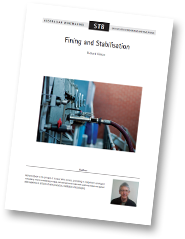
$16.50Add to cart
Table of Contents
Overview
1 Materials added to wine – additives and process aids
1.1 Definition
1.2 Legal requirements
1.3 Freedom from contamination
1.4 Other issues
2 Product losses, quality loss and waste
3 Targeting fining and stabilisation operations
4 Preparation and mixing
5 Fining
5.1 Bentonite
5.2 Protein fining agents – gelatine, isinglass, casein, milk, egg white albumen, plant proteins
5.3 Co-finings – tannin, silicon dioxide
5.4 Chelating agents and protective colloids – phytates, citric acid, and gum arabic
6 Stabilisation
6.1 Potassium and calcium salts of tartaric acid
6.2 Reaction and precipitation of reactants – refrigeration with or without crystal seeding
6.3 Reduction of reactants by other means – ion exchange, electrodialysis
6.4 Addition of crystallisation inhibitors
6.5 Testing for calcium tartrate and potassium hydrogen tartrate stability
6.6 Protein
6.7 Testing for protein stability
6.8 Microbial growth
6.9 Alteration of the wine environment
6.10 Oxidative degradation
Author

Richard Gibson
http://www.scorpex.netRichard Gibson is the principal of Scorpex Wine Services, specialising in independent oenological consultancy. Prior to establishing Scorpex, Richard held senior roles with Southcorp Wines and gained wide experience in all facets of wine production, stabilisation and packaging.
